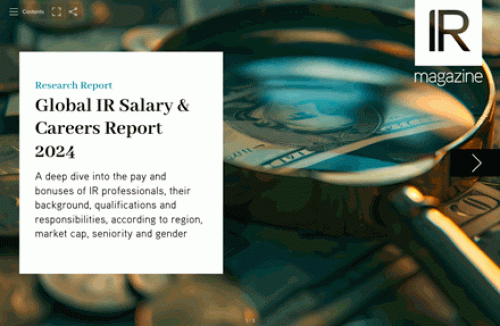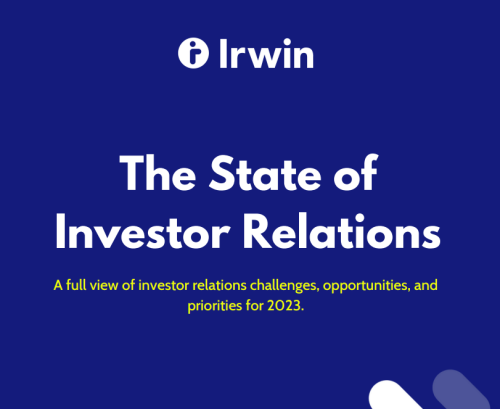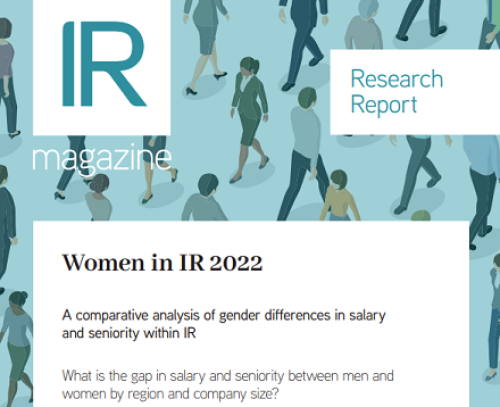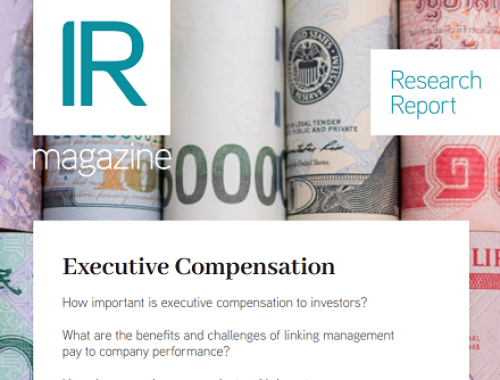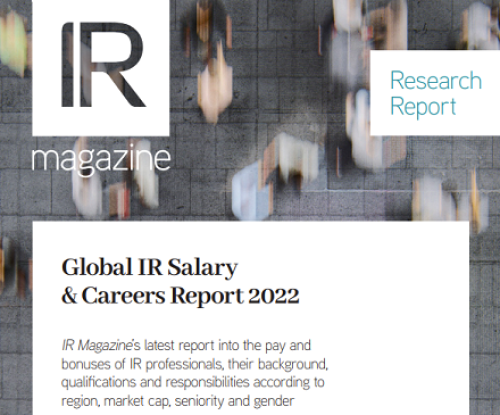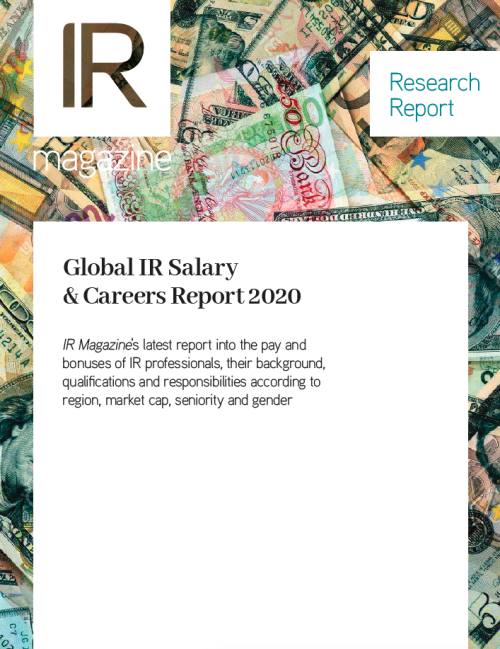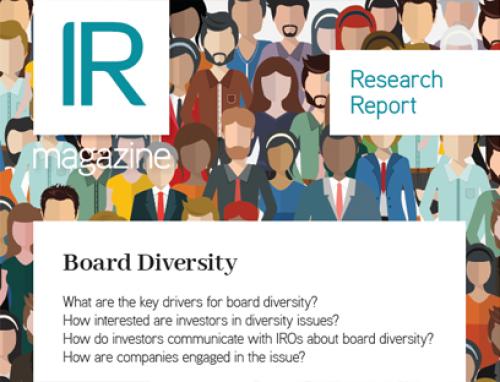Stricter reporting requirements and involvement in other areas spur pay increase, AIRA says
The median pay of IR executives in Australia and New Zealand increased by about 20 percent over the past year and bonuses and incentives rose sharply as requirements for the job became tougher, according to a study by the Australasian Investor Relations Association (AIRA).
The median remuneration range rose by A$50,000 ($35,000) to between A$275,000 and A$325,000, and cash bonuses grew to between 21 percent and 30 percent of salary, up from 11 percent to 21 percent a year earlier, AIRA says in a press release.
‘This study indicates that the investor relations function is expanding and is regarded as having greater importance,’ says AIRA chief executive Ian Matheson. ‘That’s because more companies are hiring IROs to provide expert assistance thanks to new regulatory requirements and changes in the investment community. Skills requirements ratchet higher all the time and, from AIRA’s point of view, that puts more emphasis on education.’
Pay rose partly because many of the IR executives this year have been compensated for increasing involvement in other areas, including corporate affairs and corporate communications, the association adds.
IR executives in Australia and New Zealand have started placing greater emphasis on meeting stricter continuous disclosure requirements for companies listed on the Australian Securities Exchange, explains AIRA. They report their most important key performance indicators as the ‘dissemination of timely, accurate information to the market’ followed by achieving ‘an accurate representation of the company in analyst and media reports’.
The higher-paid sectors include energy, financials, financials excluding real estate investment trusts, gold, industrials and materials, which represents a broader range of sectors than in previous years, the association says.
Responses from 71 IR executives indicate that their biggest challenges now are, in order of importance: balancing the information and relationship needs of the company and market within the regulatory environment, acquiring the resources to fulfill demand for services, cutting through communication clutter by using clear messages, gaining relevant and timely information about the company, and securing management commitment to IR.

